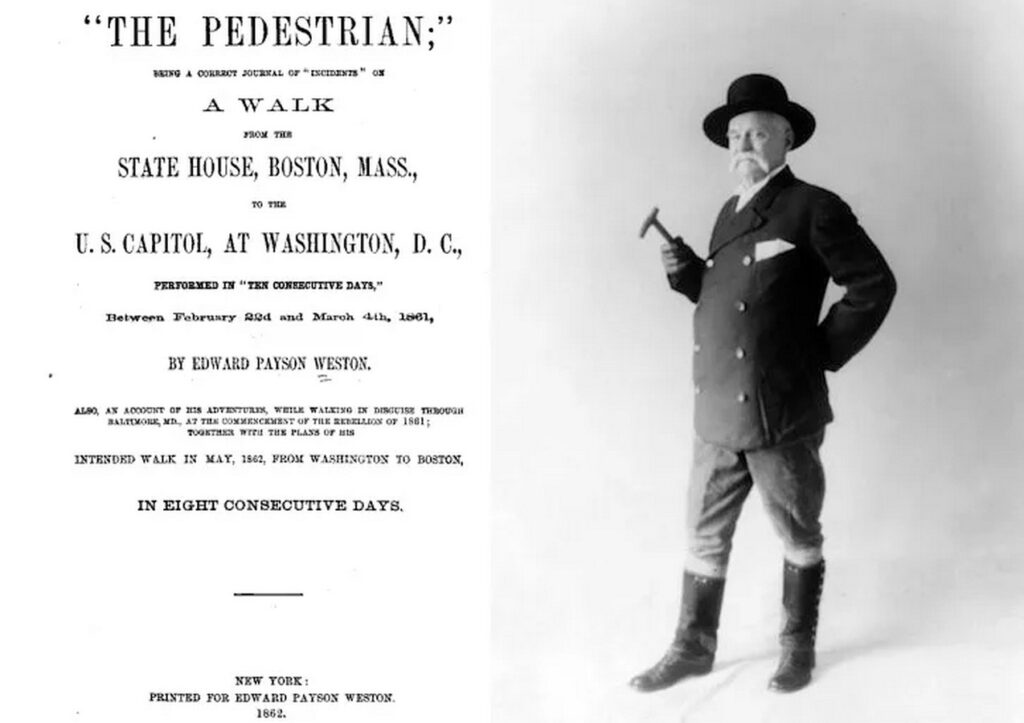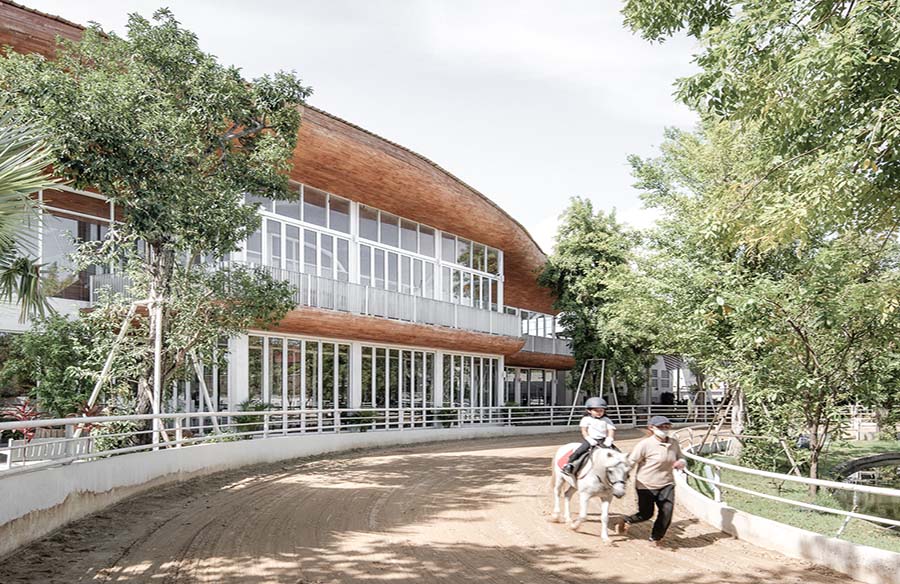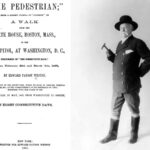The Legality of Walking in the US Exploring the Restrictions

Walking freely across landscapes, regardless of private property boundaries, is a common practice in many European countries. However, in the United States, this freedom is restricted by laws prohibiting trespassing in most areas.

The Role of Walking in Human History
Walking has been integral to human survival and exploration throughout history. Early humans relied on bipedal movement to navigate vast terrains efficiently. In Victorian times, pedestrianism emerged as a popular sport, highlighting the endurance and appeal of long-distance walking.
Modern America: A Landscape Designed for Driving
In contemporary America, the landscape is primarily designed around automobile transportation. The prevalence of highways and private property restrictions limits the ability to freely walk across the country. Unlike Europe, where walking is permitted in various natural settings, the US emphasizes designated routes and trails for pedestrian activity.
Legal Hurdles for Walking
Walking across private land in the US is often considered trespassing, leading to legal repercussions. While laws like the National Trails System Act designate walking spaces, they do not offer the same freedom as European countries, where individuals can roam freely in nature.
The Impact of Private Property Rights
The concept of private property rights has deep roots in American culture, dating back to the late 19th century. Trespassing laws, originally motivated by racial discrimination and game protection, have restricted walking access over time. Supreme Court rulings have reinforced landowners’ control over their properties, limiting public access.
Advocating for Walking Rights
Despite the benefits of walking for physical and mental well-being, there is limited advocacy for expanding walking rights in the US. Initiatives to promote dialogue and reconsider restrictions on walking access are essential for fostering a culture of walking and outdoor recreation.
The Future of Walking in America
While legal barriers hinder walking freedom in the US, initiatives like the National Trails System provide designated walking spaces. However, advocating for broader access to natural landscapes remains a crucial goal to ensure that walking remains a fundamental right for all individuals.


 English
English 































































































































































































































































































































































